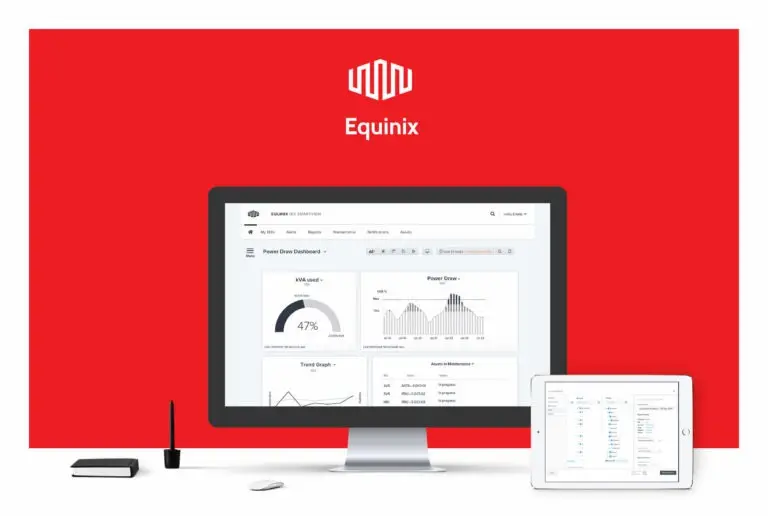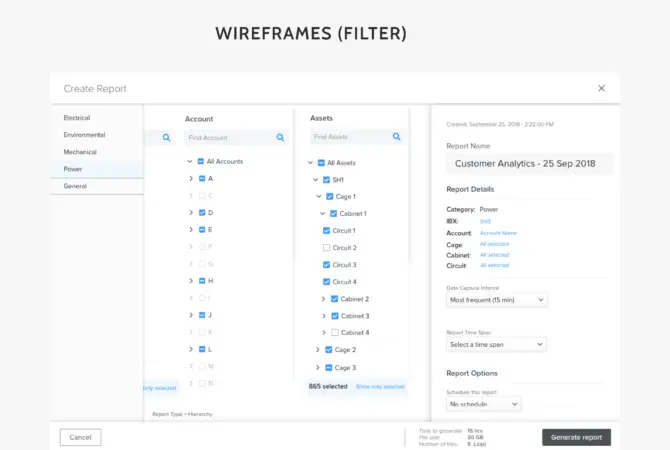Equinix Customer Portal: UX Strategy
Equinix Customer Portal
UX Design

Client
Industry
Time
Support
About the Project
Equinix is a global leader in colocation data centers, helping businesses manage and scale their digital infrastructure worldwide. Their customer portal enables both internal and external users to monitor their data center usage, manage connections, and maintain a smooth operation of their services.
The Challenge
Equinix wanted to bring multiple data tools into one easy-to-use system for clients, sales teams, and data center managers. The challenge was meeting each group’s needs while improving customer experience, reducing support calls, and helping teams work better together.
My Approach
Discovery through research: Conducted stakeholder and customer interviews, mapping out current pain points and misalignments across teams.
Co-creation workshops: Facilitated in-person design workshops to align stakeholders, prioritize needs, and gather cross-functional input.
Mapping complexity: Created ecosystem maps and feature flows to visualize current state vs. future needs, ensuring clarity before design began.
Agile prototyping: Designed and tested interactive wireframes in short sprints, gathering regular feedback from internal stakeholders and proxy customer insights.
Discovery
To define the scope of the project we needed to do an analysis of the existing tool sets as well as the needs and current pain points:
1. Content Map & Feature Flow
2. Stakeholder & Customer Interview
The outcome was a gap analysis map that we shared in a workshop to create alignment within the project team and define the priorities for the project





Design
We decided to go with an agile approach for the project management: features were grouped and organized into 2-week sprints.
Each sprint included 3 key tasks:
Sketching and Inspiration
Interactive wireframes
User Feedback
Results & Impact
While I supported the project through the discovery and wireframing phases (not implementation), the prototypes were highly praised by the client for their clarity and customer-centered approach. Key anticipated outcomes included:
Reduced support calls through clearer workflows and self-service capabilities.
Improved customer trust and satisfaction by modernizing the portal.
Enhanced internal alignment between sales, support, and operations teams, enabling proactive customer care and cross-team collaboration.
Outcomes & Learnings
What I learned:
Even in highly technical B2B environments, customer experience is a competitive differentiator.
Breaking down complexity through mapping and collaborative workshops is essential to gain alignment across siloed teams.
Agile processes need to be paired with clear planning and cross-team alignment, as design and development timelines can diverge on large system projects.
Future consideration: For complex B2B systems, I recommend combining proxy data (from sales/support) with direct customer research whenever possible to reduce assumptions and create experiences that truly work for all user groups.
Why this matters for you
Whether it’s a customer portal or an internal tool, systems shape your customer experience and operational efficiency. Investing in clarity and usability reduces support costs, improves trust, and creates alignment between customer needs and business goals. This project showcases how strategic UX can unlock value in even the most technical, complex environments.
